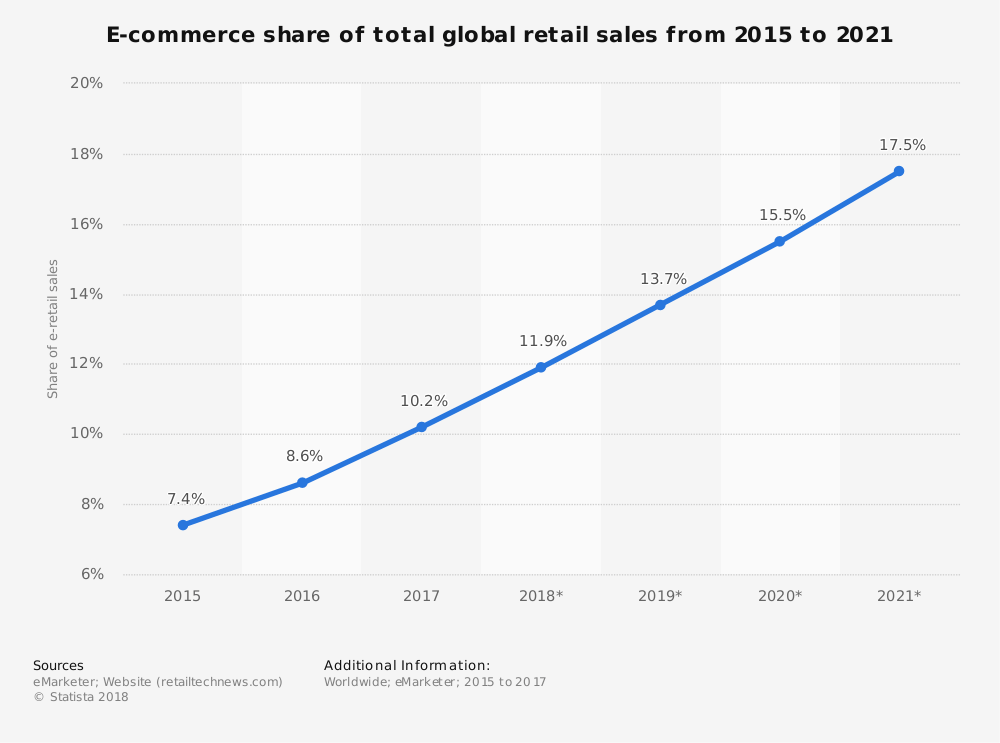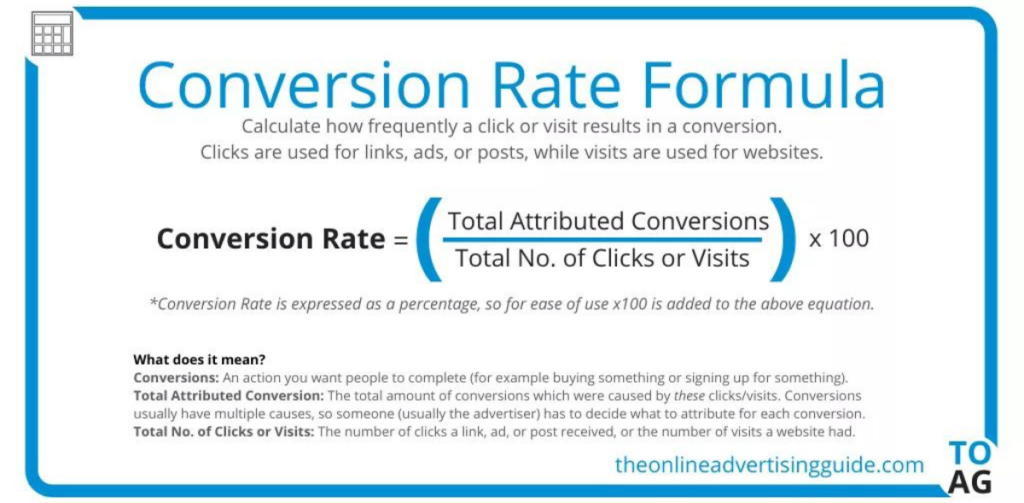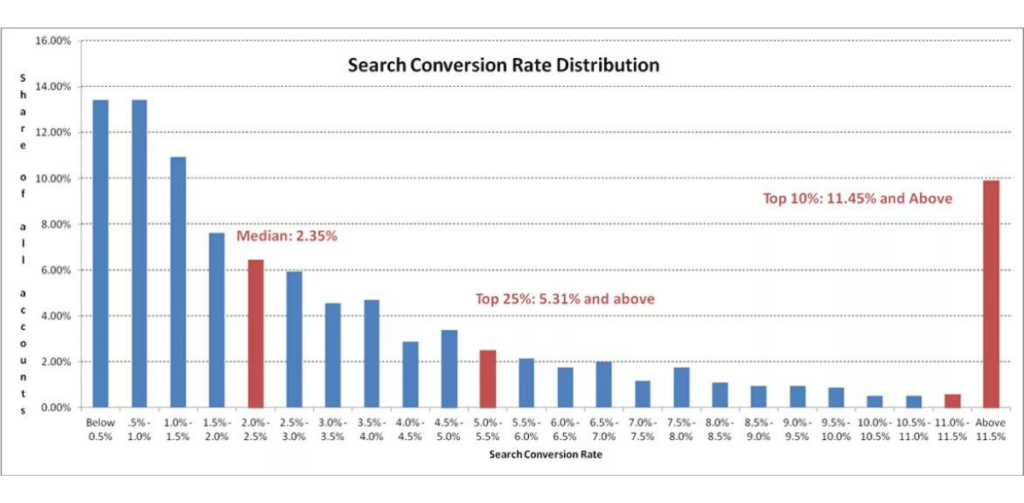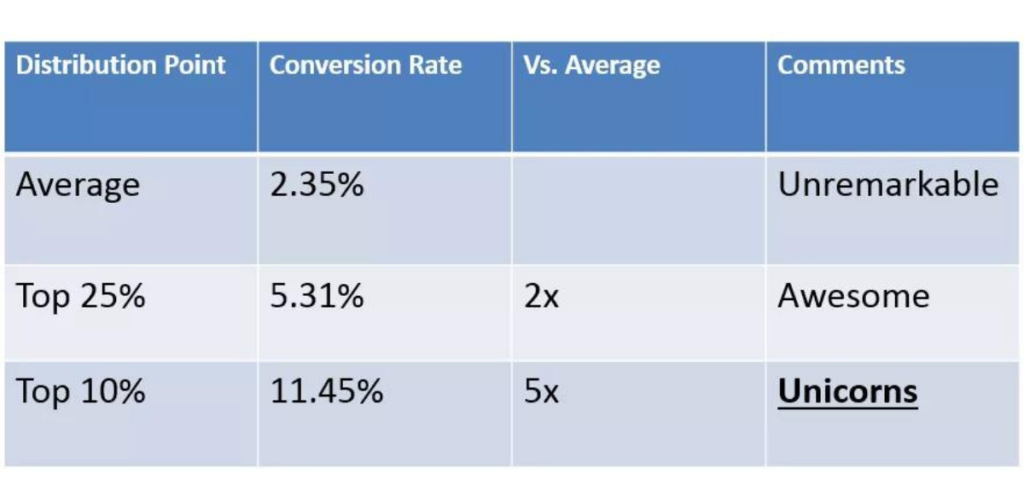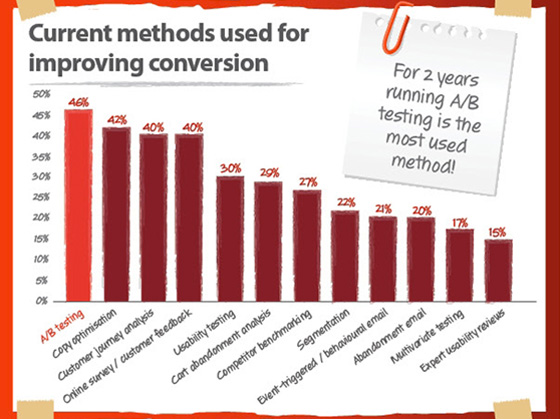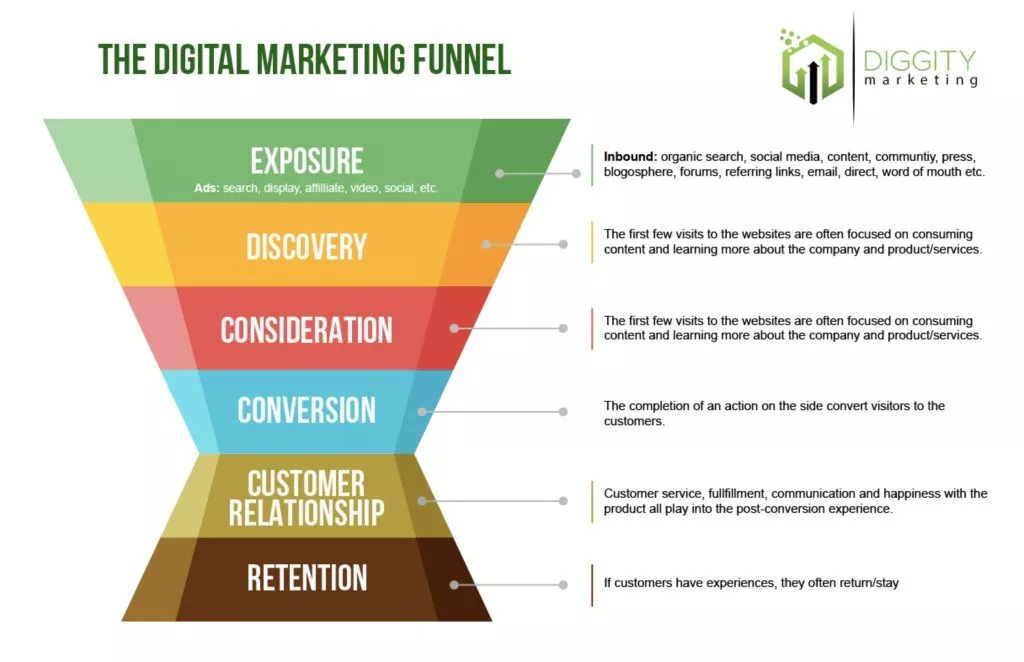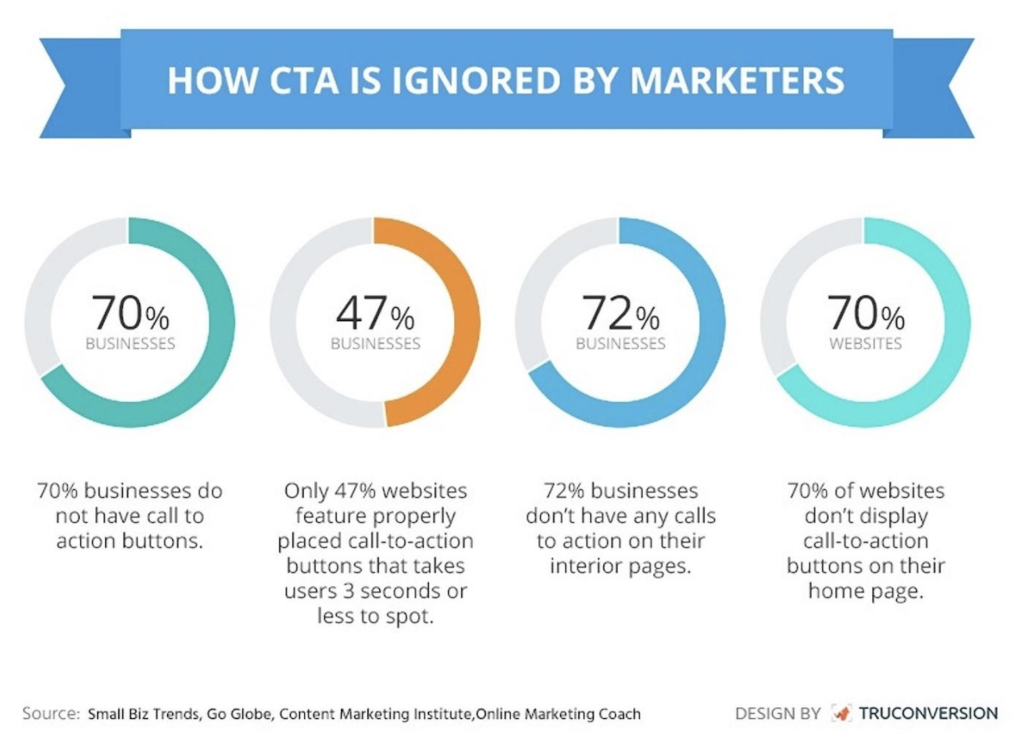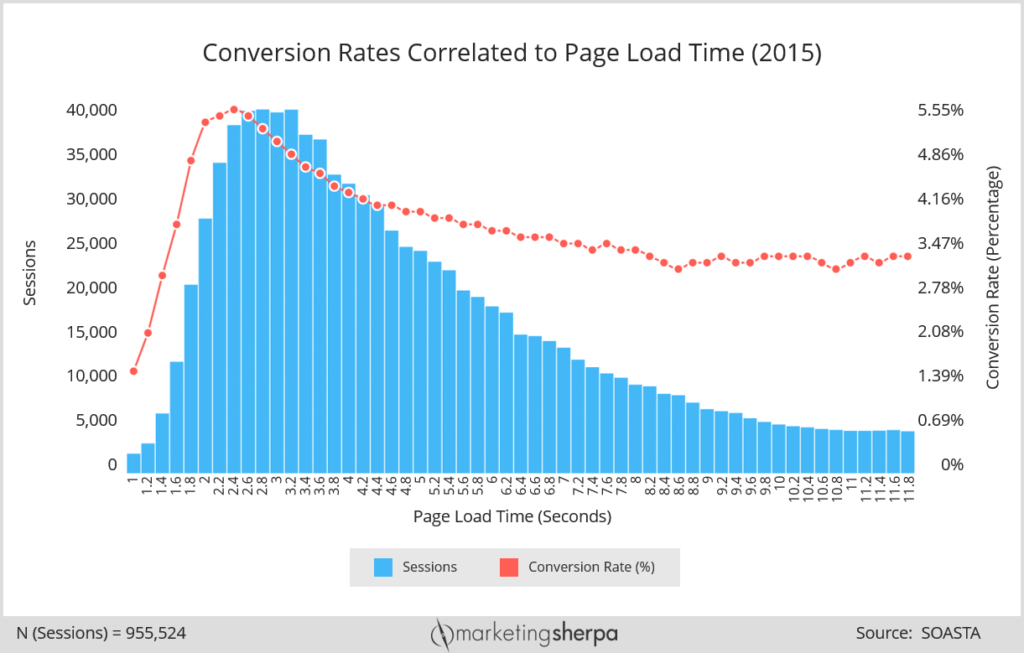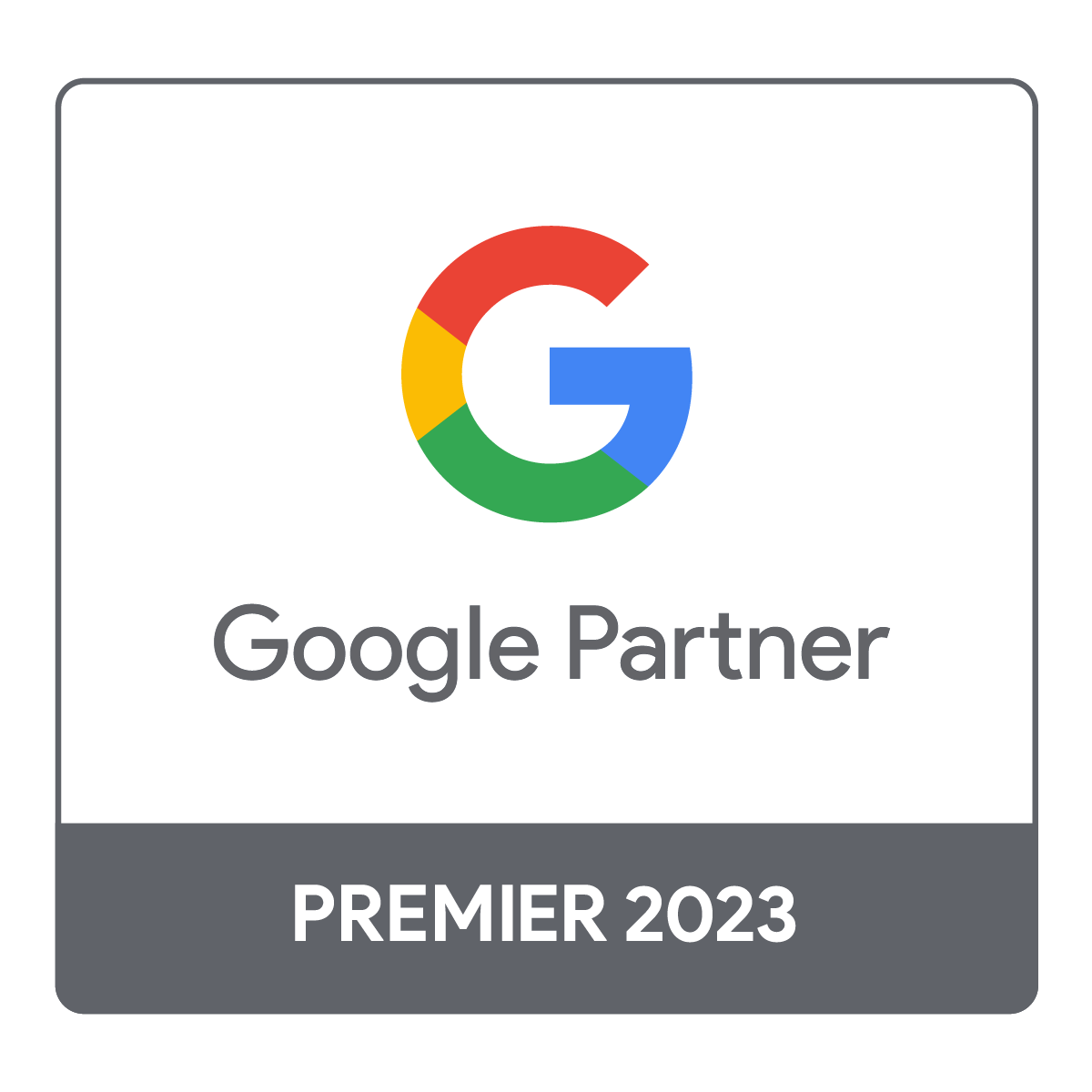As the world becomes increasingly digital, it’s more important than ever to have an effective online sales funnel.
It’s 2025, and digital sales funnels are no longer a secret weapon for most successful business owners.
In fact, they’ve become an essential component of any exceptional digital marketing strategy—something you can’t afford to ignore if you want your business to stay competitive in this new era.
But what makes a great digital sales funnel in 2025? Read on for our top tips to craft one that will set your business up for success!
Before we begin, let’s explore the definition of a digital sales funnel.
What is a sales funnel in marketing?
A digital sales funnel is a marketing strategy that helps businesses guide potential customers toward making a purchase.
It consists of a series of stages, starting with awareness (also known as the “top of the funnel”) and ending with action (also known as the “bottom of the funnel”), that lead the customer towards a desired outcome (usually a purchase).
The middle of the funnel, or the consideration stage, is where the customer begins to evaluate the product or service and weigh their options.
The goal of a digital sales funnel is to convert website visitors into paying customers. This is done by providing them with the information and incentives they need to make a purchase decision.
In today’s digital landscape, an effective digital sales funnel is crucial for businesses looking to grow their online presence and drive sales.

Want more sales? Want more leads?
See how First Page can drive insane sales. See actual results from your SEO campaign! Contact us!
Why is having a well-oiled sales funnel crucial for sales success?
There are many benefits to having a great sales funnel, including the following:
- Increased conversions: A well-designed sales funnel will guide potential customers toward making a purchase, resulting in higher conversion rates.
- Better customer experience: A great sales funnel provides a smooth and seamless experience for customers, making it easier for them to find what they are looking for and make a purchase.
- Improved ROI: By increasing conversions and reducing the number of abandoned carts, a great sales funnel can improve the return on investment (ROI) of marketing efforts.
- Enhanced targeting: A sales funnel allows businesses to segment their audience and deliver personalized messages and offers, resulting in more targeted and effective marketing.
- Greater customer loyalty: By providing a positive customer experience and meeting the needs of the target audience, a great sales funnel can help build customer loyalty and encourage repeat business.
- Higher lifetime value: By nurturing relationships with customers and encouraging repeat purchases, a great sales funnel can increase the lifetime value of each customer.
Overall, a great sales funnel can help businesses increase sales and revenue, improve marketing efficiency, and build stronger customer relationships.
Here are ten key characteristics to consider for an optimal sales funnel.
- Personalization: An exceptional digital sales funnel is tailored to the specific needs and characteristics of the target audience. This can be achieved through techniques such as segmentation and dynamic content.
- Mobile-friendliness: With more and more people accessing the internet via mobile devices, it’s essential that a digital sales funnel is optimized for mobile. This includes having a responsive design and fast loading times.
- User-friendliness: The best digital sales funnels are easy to navigate and use, with clear calls to action and minimal distractions.
- Trustworthiness: To build credibility and encourage conversions, a digital sales funnel should include social proof (such as customer reviews), security badges, and a professional design.
- Omnichannel integration: To reach customers wherever they are and provide a seamless experience, a digital sales funnel should be integrated across multiple channels, such as social media, email, and SMS.
- Data-driven optimization: A digital sales funnel should be continuously optimized based on data analysis, such as A/B testing and customer feedback, to improve performance and increase conversions.
- Engaging interactive elements: To keep visitors interested and increase their likelihood of converting, a digital sales funnel should include interactive elements such as videos, quizzes, and polls.
- Relevant messaging and offers: The messaging and offers presented in a digital sales funnel should be relevant to the target audience and aligned with their interests and needs.
- Cohesiveness: The different stages of a digital sales funnel should be connected and flow smoothly from one to the next, leading the customer toward the desired outcome.
- Testing and optimization: A digital sales funnel should be regularly tested and optimized based on performance data to ensure it meets the desired goals.
With the above in your digital sales funnel, you can stand out in a crowded online marketplace and drive conversions. You need to continuously optimize and refine your funnel. This way, you can stay ahead of the competition and effectively reach and convert your target audience.
The sales funnel in more detail – let’s print some money!
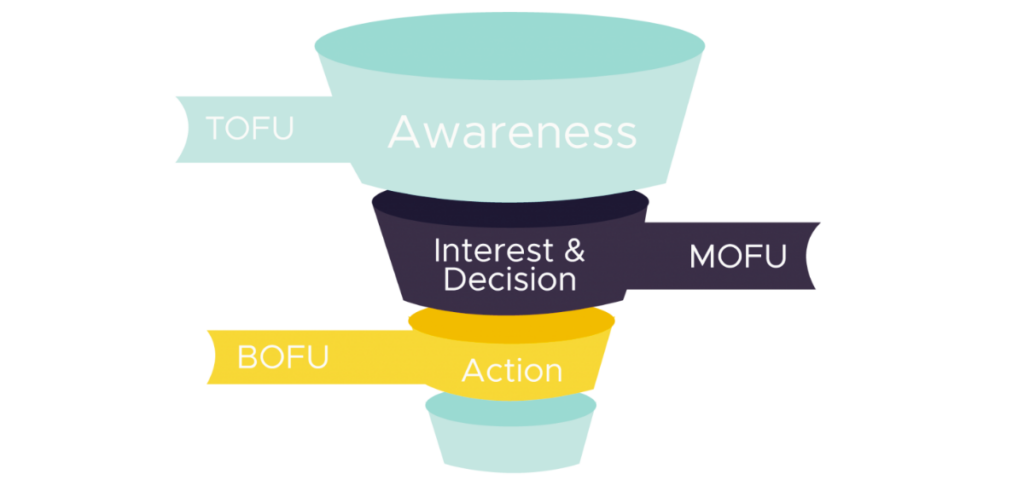
Awareness (also known as the “top of the funnel”)
The awareness stage is the first stage of the sales funnel. It is where the potential customer becomes aware of the product or service being offered. This stage is all about getting the attention of the target audience. We want to make them aware of the brand and its offerings. Some common tactics used in the awareness stage include:
- Paid advertising: This includes advertising on platforms such as Google, Facebook, and Instagram, as well as traditional channels like TV and radio.
- Content marketing: Creating and sharing valuable and relevant content, such as blog posts, articles, and videos, can help attract potential customers to the brand and its offerings.
- Social media marketing: Using social media platforms to connect with the target audience and share information about the brand and its offerings can be an effective way to generate awareness.
- Search engine optimization (SEO): Optimizing the company’s website and content for search engines can help improve the visibility of the brand and its offerings in search results.
The goal of the awareness stage is to get the attention of the target audience. Make them aware of the brand and its offerings. Reaching and engaging potential customers at this stage will be more likely to move them further down the sales funnel.
Consideration (also known as the “middle of the funnel”)
The consideration stage is where the potential customer begins to evaluate the product or service and weigh their options. At this stage, the potential customer is interested in the product or service and is actively considering making a purchase. Some common digital tactics that can be used during the consideration stage include:
- Providing detailed product information and demos: The potential customer may want to know more about the features and benefits of the product or service, as well as how it works. Providing detailed product information and demos, either on the website or through email marketing, can help the potential customer make an informed decision.
- Offering free trials or demos: Allowing the potential customer to try out the product or service for free can be a powerful way to demonstrate its value and encourage a purchase.
- Personalization: Using techniques such as dynamic content and segmentation can help tailor the messaging and offers to the specific needs and interests of the potential customer, making them more relevant and compelling.
- Retargeting: By displaying targeted ads to potential customers who have visited the website or engaged with the brand in some way, businesses can remind them of their interest in the product or service and encourage them to take the next step.
- Live chat or chatbots: Providing a way for potential customers to ask questions and get immediate answers can help address any concerns or doubts they may have and increase the chances of conversion.
These digital tactics, businesses can nurture potential customers and increase the chance of moving them further down the sales funnel.
Action (also known as the “bottom of the funnel”)
The action stage is the final stage of the sales funnel. It is where the potential customer takes the desired action. This could be making a purchase, signing up for a trial, or requesting more information. At this stage, the potential customer has made the decision to take the next step. Some digital tactics that can be used to encourage the desired action include:
- Strong calls to action: Providing clear and compelling calls to action, such as “Buy Now” or “Sign Up,” can help guide the potential customer toward the desired action.
- Simplified checkout process: Making the checkout process as smooth and straightforward as possible can help reduce friction and increase conversions.
- Trust signals: Including security badges, money-back guarantees, and customer reviews can help build trust and encourage the potential customer to take the desired action.
Similar to the middle of the funnel, personalization and retargeting can be used to drive conversions at this stage of the sales funnel.
By using these digital tactics, businesses can effectively guide potential customers toward the desired action and convert them into paying customers.
Keen to learn more about on-page SEO?
We have a great post on on-page SEO. You can read it to learn more fast!
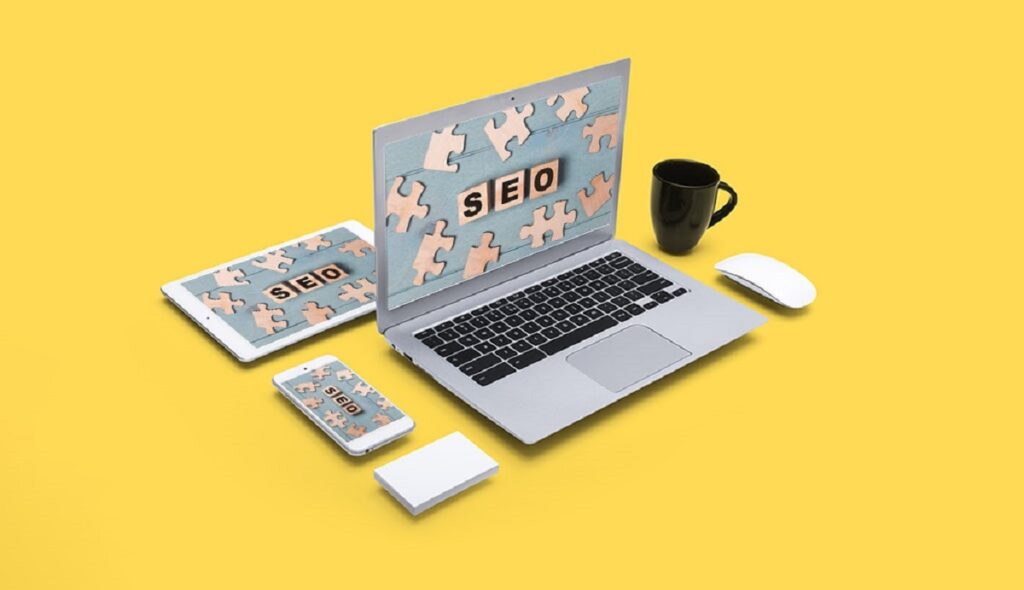
How can a business improve its sales funnel?
There are several ways a business can improve its sales funnel, including:
- UX (User Experience) optimization: Ensuring that the website is easy to navigate and use can help improve the overall user experience and increase conversions. This may involve simplifying the checkout process, improving the website’s loading speed, and making the website mobile-friendly.
- CRO (Conversion Rate Optimization): CRO involves analyzing and improving various aspects of the website to increase conversions. This may involve A/B testing different elements, such as calls to action, headlines, and images, to determine which versions are most effective.
- Omnichannel integration: Integrating the sales funnel across multiple channels, such as social media, email, and SMS, can help reach potential customers wherever they are and provide a seamless experience.
- Data-driven optimization: Analyzing data and performance metrics, such as website traffic and conversion rates, can help identify areas for improvement and optimize the sales funnel for better performance.
Use these methods and continuously test and optimize your sales funnel. Quickly your business will improve its overall performance and increase conversions.
Final thoughts on having a great money-making sales funnel.
A sales funnel might sound complicated and fancy, but it’s a core part of every successful marketing strategy.
Whenever a business grows exponentially, it’s likely a well-crafted sales funnel is in the background. Their sales funnel is helping to bring customers all the way from awareness to action.
Businesses understand that small changes can make massive differences. So, they take advantage of various tactics like CRO and personalization to optimize their sales funnel and drive more conversions.
If that wasn’t enough, data-driven optimization ensures they’re always up-to-date with the latest trends. As such, they are ahead toward smashing their goals without fail! To put it succinctly – if your business wants results fast, you’ll need a stellar digital sales funnel.
One thing we know that we are good at is creating goldmine-like sales funnels for our clients.
Want to learn how to make as much as much money as you can for your business? Then give us a call to learn more about competition-beating sales funnels today.

Ready to reach page one on Google?
We know you want to make real money! Get ready to convert customers like crazy. Please do not delay. Contact us today!
What other marketing tactics can you use to beat your competition?
Here are some useful marketing tactic blogs that can help you break all your past sales records, and your competition in the process:
- Perfect Your Email Marketing Strategy Now
- What Are The Top Ppc Ideas You Ought To Know?
- Social Media Strategies: Successful Ones You Can Learn From
- Helpful Content Tips: Get Noticed Before The Competition
- 6 Easy Digital Marketing Hacks To Increase Your Leads
Are you a busy business owner? You may not have the time to run the marketing tactics you need to make money regularly. If this is the case, we encourage you to review some of our strategic marketing services to drive more sales:
- SEO for your business to drive qualified leads
- Social media management for improved brand awareness
- Linkbuilding to drive organic traffic to your website
- Top converting landing pages to convert your leads
- Email marketing campaigns to bring in referrals


